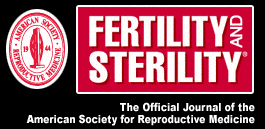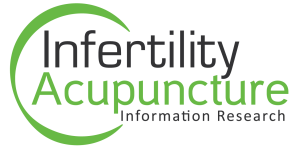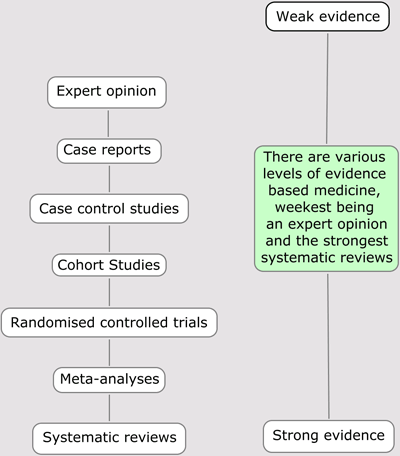Acupuncture: Impact on Pregnancy Outcomes in IVF Patients
12th World Congress on Human Reproduction, Venice Italy March 2005
Paul C. Magarelli, M.D., Ph.D., Diane Cridennda, L.Ac. Mel Cohen, MBA
Abstract
Take-Home babies rates (THB) have been the single most important IVF outcome. Pregnancy rates (PR) can overestimate the expected success of a high-technology treatment for patients and many clinics use PR as a means of marketing their practices. This has caused disillusionment in patients and government regulation (especially in the U.S.).
Each IVF program strives to improve reproductive outcomes (low ectopic rates, low miscarriage rates and improved take-home baby rates – live births). Usually the approach to these improvements changes in IVF protocols, media adjustments in the IVF lab, patient selection, and subtle nudges towards egg donors for poor responders.
Another approach has been the inclusion of alternative medical modalities: acupuncture, massage therapy, stress reduction techniques, herbal medicine. We, and others, have chosen to incorporate Acupuncture into our IVF treatment protocols.
Recently we presented two studies that demonstrated improvements in pregnancy rates in Good and Poor IVF Responders with the inclusion of two specific Acupuncture Protocols (Steiner-Victorin and Paulus et. Al).
In the poor responders’ group we demonstrated a positive adjustment to Poor Responders pregnancy rates (PR) with improvements in PR in the Poor Responders group equivalent to good responders.
In the Good Responders study, we demonstrated a trend towards improved PR (5% above controls, not significant at p < 0.05).
With these observations noted we have continued our investigation and are reporting on reproductive outcomes in all IVF patients treated with Acupuncture compared to those untreated.
Materials and Methods:
In this study, 130 IVF cycles were reviewed in a retrospective fashion. Patients demographics, years infertile, age of male partners, sperm parameters, Day 3 FSH, Pulsatility Indices, Weight, BMI, infertility diagnoses, IVF treatment protocols were statistically similar for both the Controls (C) and Acupuncture (Ac) treatment groups.
All patients that completed an IVF cycle (retrieval, transfer) were included. There were 82 in the C group (non-acupuncture) and 48 in the Ac group. For the C vs. Ac groups, a summary of their statistics are as follows: Mean Age was 32.6 vs. 32.7, Day 3 FSH was 5.5 vs. 6.4, Pulsatility Indices for right and left uterine arteries were 1.5 and 1.2 vs. 1.4 and 1.0; Sperm counts were 69 vs. 67 million/ml; Sperm motility (%) were 48 vs. 53%, and Sperm morphologies were 6 % normal vs. 7%.
Results:
Pregnancy rates for the Ac group were statistically similar, although numerically higher, versus C (50% v 45% at P < 0.05). Ac miscarriage rates (SAB) were statistically lower than the C (8 % vs. 11% at p <0.01). There were no ectopic pregnancies in the Ac group ( P < 0.01). Live Births were significantly better in the Ac v C groups (42% v 38%). A surprising observation was that multiples pregnancies were significantly lower in the Ac vs. C groups (17 % vs. 22%). Average eggs retrieved were statistically similar to 15 vs. 15 for Ac and C respectively.
Conclusions:
IVF programs can significantly improve their IVF outcomes ( PR, THB, SAB and Ectopic) by adding acupuncture protocols, specifically Steiner Victorin and Paulus. Further studies of Traditional Chine Medicine modalities of treatment are underway. We are organizing a multicenter prospective study to confirm our observations.





 A retrospective analysis of the results of obstetric acupuncture at Frederiksberg Hospital
A retrospective analysis of the results of obstetric acupuncture at Frederiksberg Hospital
